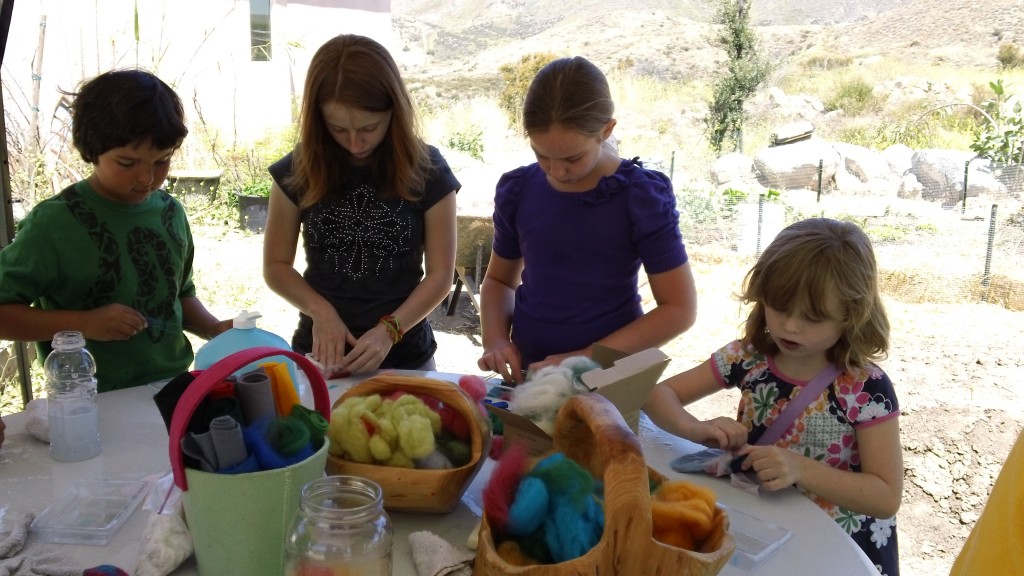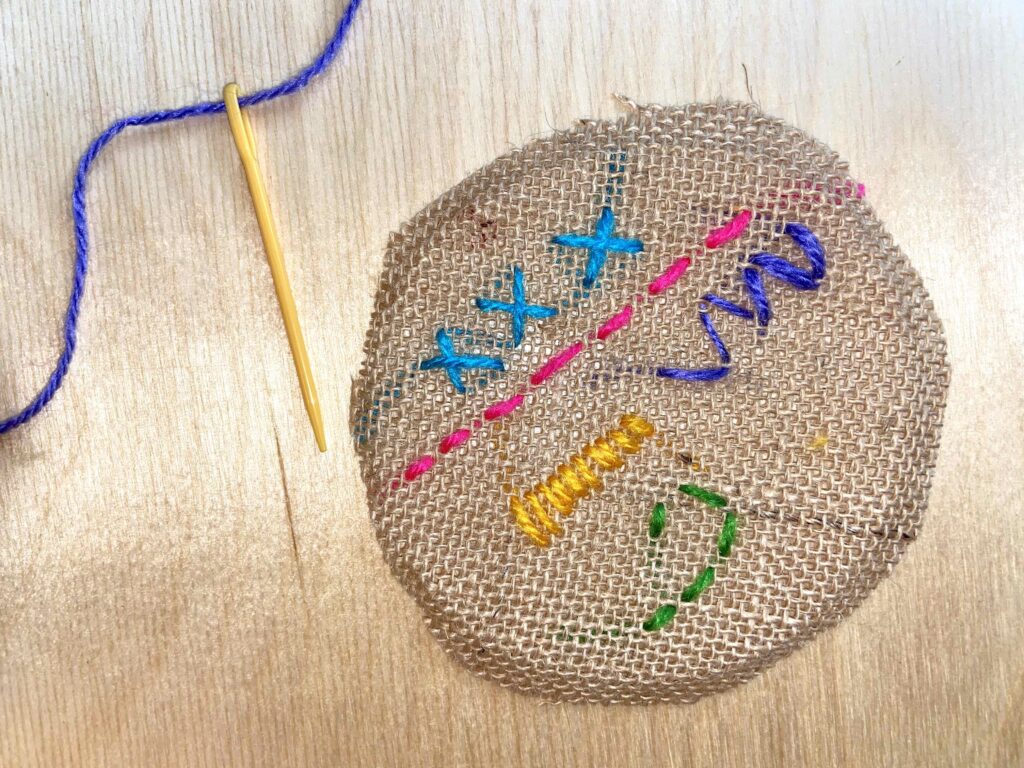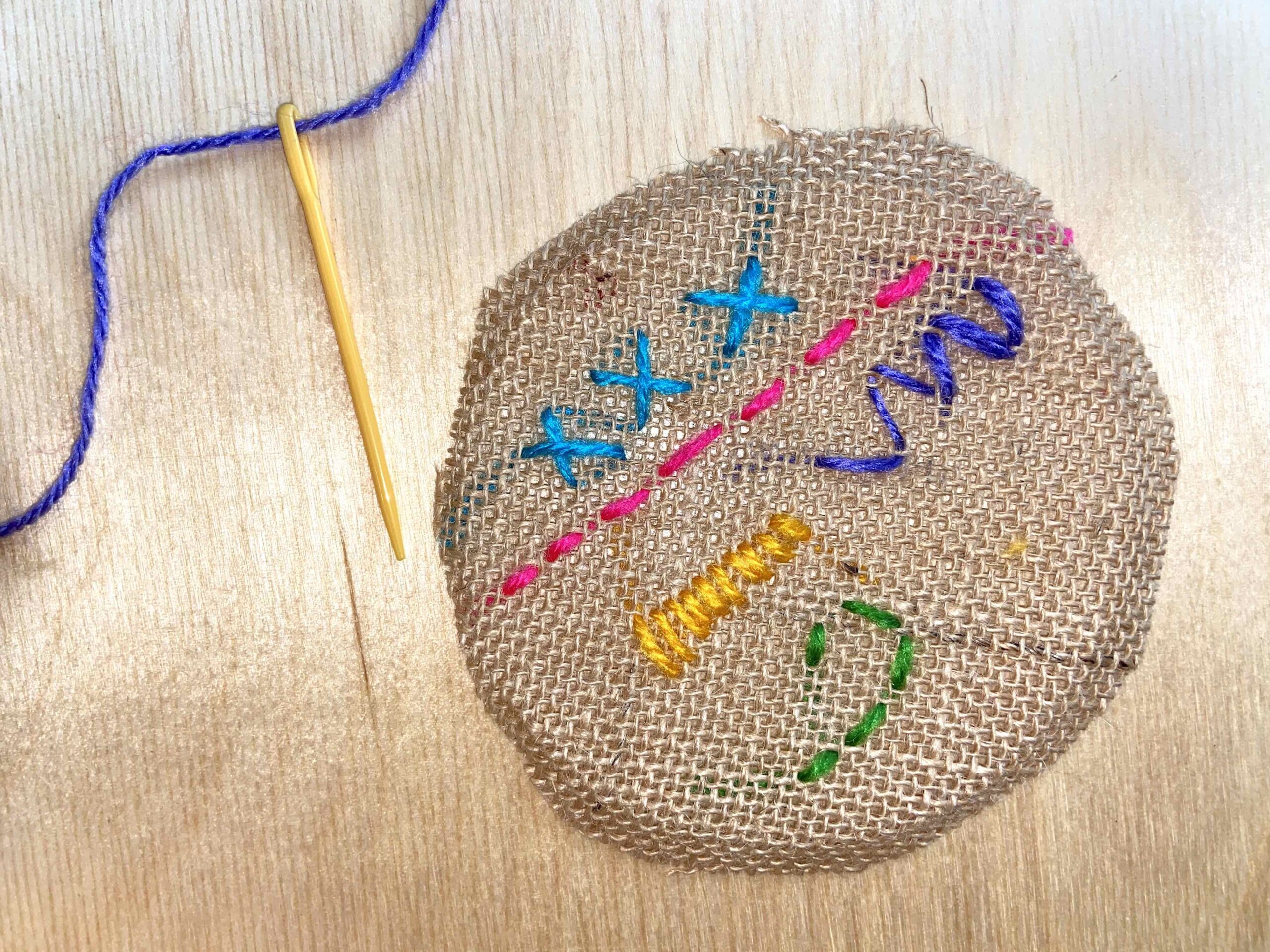
By Spramani Elaun
Today I’m writing about crafts and how it is part of visual arts education. I’ll share reasons why crafts should be in art programs. I’ll also share how it supports the artistic process, elements of art, and cultural heritage. And finally give you ideas on what types of handicrafts I recommend for children.
We usually consider painting and drawing as more traditional art, yet crafts are a key domain in the arts. There seems to be a stigma about crafts not being part of the fine arts, but I can assure you that’s not true. This idea comes from many primary grade craft activities given to children to follow. Instructing children to follow step-by-step and not waver from the example provided. Meaning students follow steps without expressing their own ideas. This usually means the whole classroom’s final craft all looks exaclty the same! This is how crafts got their bad reputation, and why some don’t feel crafts are real art.
Children can be creative and learn craftsmanship by their own clever original designs. Like paintings an artist can express ideas and feelings through a functional craft. Some artisan can make beautiful decorative crafts. For example clay pottery can be artfully arranged with design. And be functional to put something inside the pottery. Arts and crafts can be combined.

I have had many opportunities to travel to east and west countries to see artful handicrafts. This has allowed me to witness first hand artisanal crafts. I’ve seen all forms of handicrafts produced by different cultures. I learned with these experiences each cultures crafts tell their heritage story. Stories about the people, traditions, land resources and even their religion. Most crafts are rooted in tradition. And even handed down as their legacy to their younger generation.
You might have heard the term “a dying art.” Well this is where that idea comes from. If the elders don’t share their unique art style, their cultural style might die out. My own grandfather handmade Mexican candy, and my grandmother sewed and crocheted fibers. Which was passed down from generation to generation to them. My siblings and I are second generation Mexican American. We were not taught these crafts before my grandparents passed away. You could say their unique style or technique has died off. As a hobby I now sew – self taught. I would have loved to learn my grandparents creative style or techique.
The fact is crafts go back centuries. Crafts mean cultural heritage in some parts of the world. Crafts are generally created by many different types of tangible materials. And usually designed with an artist’s technique or style. I’ve seen many different forms of craft styles from block painted dyed fabrics from India and Nepal. Intricate baskets weaved in Vietnam. Cloth batik patterns in Indonesia with beeswax. Rugs and cloths weaved, and woodwork in Turkey. Native American beading with feathers and leather, and clay decorated pottery. Carved hand stained leather and knitted fabrics in Mexico. Craft materials can range from; fiber, fabrics, wood, clay, metal, glass, paper, and animal hide.

Crafts Teach The Elements and Principles of Design
The Elements and Principles of Design can be taught through crafts! If this term is new to you, it’s the focus of teaching art literacy. It’s the artist language I focus art lessons around. It’s the arts’ own language. If you want to learn more on this subject, check out my books HERE, or my art teacher training HERE. These important principles teach how to make ascetic crafts. Some of the basic elements are about learning colors, patterns or texture. When children learn basic principles, their handicrafts will look artful. They can arrange one or a combination of elements together. They will be able to select and decide what principles of art they want to include in their final design. In combination with learning skill-sets, artisan tools and raw materials.
For example, teaching weaving – they can select color choices and design patterns. They may choose to weave warm and cool colors into a consistent pattern. Or can clay modeling a pinch pot. A child can decorate a pattern of line and heart shape texture on the outside of their pot with carving tools. Another example could be crafting a leather key chain. By choosing the shape to cut out of raw leather. Then design decorative interesting line patterns. And finally sew beads of colors, or paint on it to make it interesting.
The Elements and Principles of Design can be applied in all craft projects. Plus support the actions of the artistic process. Learn more about the artistic process by reading my books HERE.
I want to end with pointing out opportunities to theme crafts with cultural history lessons. No matter what pedagogy you focus on. You can zero in on the artisan technique and craft from all cultures and lands. You can even teach ancient civilizations by exploring crafts. You can take a look at the fundamental needs of a civilization, look closer at the art or functional crafts from that region.
Love to hear your feedback, share your thoughts and ideas on this topic thread on my Clay Modeling CURRICULUM HERE.
Recommended Crafts For Children:
- Clay modeling – carving, mosaic patterns
- Weaving – strings, fibers, roving
- Basket weaving – grasses and recycled materials
- Macrame
- Wood – carpentry, whittling
- Wool – water felting, needle felting, spinning wool
- Knitting – hand knitting, crochet, embroidery
- Sewing – hand stitching, needle point, cross stitching , sewing machine
- Leather – wallets, purses, pouches, key chains
- Fabric dying
- Jewelry making – beading
- Paper making – origami folding, recycled paper making
All rights reserved © 2022, Nature of Art®
No part of this blog may be used or be reproduced in any manner whatsoever including reproducing, publishing, performing, and making any adaptions of the work – including translation into another foreign language without written permission except in the case of brief quotations embodied in critical articles and reviews. Nature of Art® Publishing P.O. Box 443 Solana Beach, California 92075.
